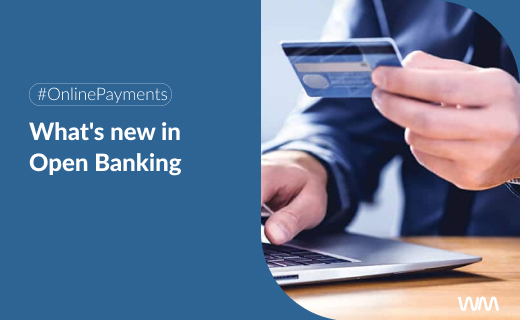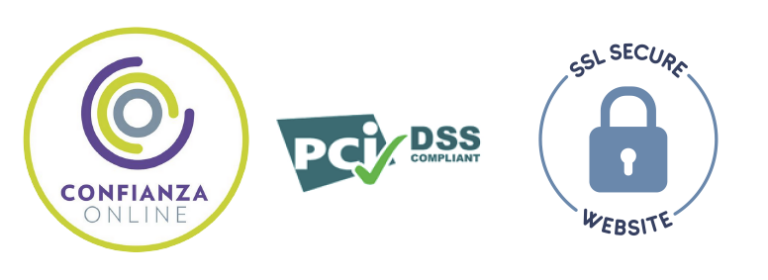The financial sector is being transformed by the introduction of new technologies, regulations, and business models. One of these models is Open Banking, which allows the sharing of customers’ financial information with other companies through APIs. But how exactly is Open Banking transforming the financial world?
By granting third parties access to customers’ financial information, market competition and the digitalization of the banking industry are boosted. Sharing this data enables financial institutions and companies to create new, personalized, efficient, and cost-effective solutions tailored to the needs of the sector and its stakeholders.
Discover What Open Banking Is
First, we need to understand what open banking is. Essentially, it is a European initiative that allows users to securely and controlledly share their financial data with third-party service providers through a banking API (Application Programming Interface).
By authorizing the use of banking data, financial providers can improve their products and services. On the other hand, it offers greater control to customers, as they can choose with whom to share their data.
In summary, Open Banking allows users to share financial data with third parties securely, with the aim of: conducting transactions, fostering innovation, improving financial decisions, and giving more control to customers.
Origin of Open Banking
The European Union has always sought to create a single payment market, which requires regulating the payment systems used and measures to increase the security of transactions within member states. The creation of open banking dates back to 2015, when the European Commission included this initiative in its action plan after analyzing the benefits and risks of opening up banking and financial systems. The conclusion of this analysis highlighted the importance of information exchange between financial systems, but it had to be done securely, leading to the approval of PSD2 in 2018.
Since then, open banking has continued to expand globally, promoting openness and innovation in the financial sector.
How Does Open Banking Work?
As mentioned earlier, Open Banking uses technologies that allow the secure exchange of financial data between different institutions. But how does the open banking process work?
- Customer Authorization: The customer authorizes the sharing of their financial data with a financial institution. This can be approved explicitly by the customer or managed by a third party.
- Data Request: Once access to their financial data is authorized, the financial institution sends a request to access the information.
- Data Exchange: The financial institution approves the request, and the data is sent. This can be done instantly or scheduled.
- Data Processing: Once the data has been shared, it is processed to create financial products and services tailored to the customers’ needs.
- Presentation of Results: After processing, all the analyzed information is presented to the customer in the form of reports, recommendations, or personalized financial products/services.
Open Banking relies on collaboration. Without prior customer authorization and the ethical use of their data, greater competitiveness and innovation in the financial sector could not be promoted. All involved parties work to make open banking beneficial for the market.
Once the exchange is made, external providers regulated and authorized by the Bank of Spain to offer these services can use the information for banking aggregation or payment initiation.
Banking Aggregation
Banking aggregation is a process in which banking data from multiple accounts is collected and combined into a single platform or application. This allows customers, through third-party applications, to see all balances, transactions, and other data in one place without having to access each bank account separately.
Payment Initiation
Payment initiation allows customers to authorize payments directly from their bank accounts without the need for a credit or debit card. In other words, a business or provider can initiate a payment on behalf of the user from their bank account, provided the user has given their consent.
With Wannme, you can accelerate your payments with our PSD2 Transfers, a payment initiation solution. Your customers will not need to enter any banking details, only confirm the withdrawal of money from their bank app. Easy, convenient, and with a single click, you get your money.
Now that we know how Open Banking works, let’s move on to the advantages this initiative offers consumers, financial service providers, and regulators.
What Are the Advantages of Open Banking for Consumers?
Open Banking focuses on improving the user experience. By sharing their banking information, financial entities can develop tailored solutions for their needs.
- Information Security: Regulators have established rules and standards to ensure the security and protection of user data and to promote fair competition among financial service providers.
- Creation of Personalized Financial Solutions: With more information and control over customer financial data, companies can create a range of personalized, efficient, and cost-effective financial services and solutions for their users, such as automated savings solutions, debt management tools, loans, and investment services.
- Greater Accessibility: Having a wide selection of financial services and personalized tools allows banks to quickly and informatively offer and recommend the best options for customers’ needs.
- Control of Personal Finances: Customers choose with whom, what, and for how long they share their information with third parties.
What Are the Benefits of Open Banking for Businesses?
Open Banking offers businesses greater efficiency, personalization, competition, and security in the financial market, which can significantly improve their operations and indirectly enhance customer satisfaction.
- Greater Innovation: Fintech companies and other financial service providers create new financial solutions and personalized services based on customer financial data.
- Improved Efficiency and Cost Reduction: Increased automation and efficiency of solutions reduce the time and effort dedicated to payment processes.
- Boost to Other Areas: By increasing competition and competitiveness within the sector, financial entities need to shift their focus, emphasizing value creation through other areas and services.
- Access to a Wide Range of Financial Data: Companies gain a more comprehensive view of their customers’ finances, enabling coherent and informed decision-making.
- Personalization of Financial Products and Services: Open Banking helps create personalized financial products and services for customers.
- Data Security and Protection: Open Banking is protected with advanced security measures and digital authentication technologies (biometrics, two-factor authentication, etc.).
Is It Safe to Use Open Banking Services?
The security of Open Banking is presented as one of its advantages. Open banking is designed to be secure and protect customers’ financial data.
Companies that can develop AIS (Account Information Services) or PIS (Payment Initiation Services) must be regulated entities by central banks. In Spain, they are regulated by the Bank of Spain and must comply with several security and privacy standards, such as PSD2. Additionally, banks and other entities use advanced technologies to safeguard data from intruders, such as two-factor authentication and encryption processes.
As a customer, you choose the providers or applications that have access, the information you share, and the duration. Moreover, when making a payment, providers must use strong customer authentication (SCA) to authorize the payment, making the transaction completely secure.
In summary, Open Banking has the potential to transform and is transforming the provision of financial services. The collaboration between customers and service providers is key to achieving greater innovation, efficiency, and transparency in the financial sector, even evolving into Open Finance, which offers full access to financial data: investments, insurance, loans, tax authorities, funds, and other services.
Are you ready for innovation?
Follow us on LinkedIn!






